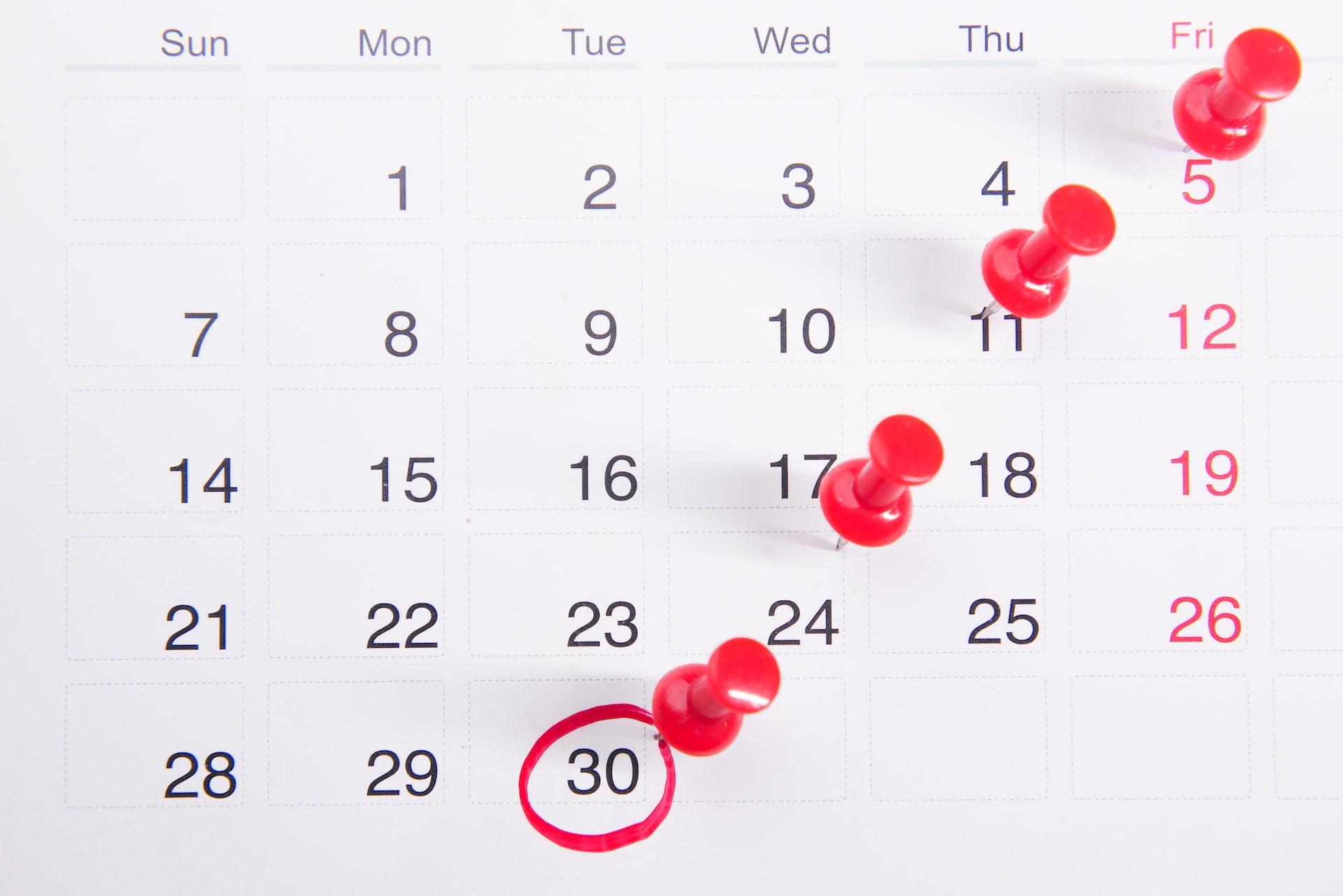When people contemplate learning a new language, they often do so with the idea of boosting their career opportunities. Sometimes, people choose to learn a language because they are fascinated by the culture it represents. And those in the know want to expand their linguistic skills to derive all the cognitive benefits of being bilingual.
Few outside the deaf and hard-of-hearing community consider sign language as a suitable language learning choice. It's hard to understand why. Learning how to sign delivers all of the benefits learning any other language does.
It gives access to the deaf community and deaf culture, and may help build a bridge between deaf people and the hearing world. And learning how to sign opens professional doors that learning other languages cannot.
The National Authority for Accreditation of Translators and Interpreters, NAATI, began registering sign language interpreters in 1982. Auslan, the Australian Sign Language, was formally recognised as a second language in Australia in 1987. And in 1989, the first Auslan dictionary was published.
All of these steps to legitimise Auslan across the country! And yet, there is still a dearth of Auslan interpreters in government offices, higher education facilities and commercial concerns. Learning Auslan gives you a way to provide a desperately needed service and earn a good living while doing so. And once you find out how easy it is to learn Auslan, you'll jump at the chance to do so.

How Long Does it Take to Learn Auslan?
Framing the question that way implies that learning how to sign is a finite endeavour. But you can't take courses and, Presto! You've learned everything there is to know. Just like any other language learning venture, learning Auslan is a lifelong proposition. So the more correct question is "How long does it take to become proficient in Auslan?".

A keen mind with agile hands can learn fingerspelling - the Australian Sign Language alphabet, in just a couple of hours. Fingerspelling is a necessary skill when communicating in Auslan. However, the hearing community doesn't spell words when they speak and neither does the deaf community. To become proficient in Auslan, you will need more education than just fingerspelling.
Typically, it takes about two years before the Auslan learner can communicate well across a broad range of subjects. Keep in mind that, just like any other language learner, you'll go through stages. As a beginner, you'll master basic signs for greetings and simple conversation. At the intermediate level, you'll explore Auslan grammar and word order, which is completely unlike standard English grammar.
Some people learn Auslan to communicate with friends or family members who are deaf or hard of hearing. For this purpose, a two-year course in Auslan should be enough, provided you're committed to continuous learning after the course ends. However, if you intend to build your professional life around Auslan interpretation, you'll need roughly three more years of education. And certification, too. Why not find out more about Auslan certification levels and opportunities?
The Australian Sign Language Alphabet
As mentioned above, learning how to fingerspell in Auslan may only take you a couple of hours. It truly is that easy! To make that point, we only need to touch on the vowels. There are five such letters in the English language (excluding 'y') and most people have five digits per hand. Pointing to your thumb signs A, your index finger is E... And the last three fingers represent the other three vowels, in order.
Fingerspelling requires you to have a dominant hand, one that takes the lead in handwriting and other manual activities. Ambidextrous people must choose a hand and let that hand take the lead for all fingerspelling (and signing) occasions. Your non-dominant hand becomes the 'paper' upon which you execute the letters.
You might wonder why fingerspelling is needed. After all, in the hearing world, spelling is only used when we write, not when we communicate orally. We must disabuse ourselves of such projections. Auslan is not a word-for-word translation of English. Signs represent concepts and ideas, not words, exactly. So how could a signer represent the idea/concept of 'Cathy' or 'Melbourne'?

That's where fingerspelling comes in. Proper names are finger-spelt, as are names of technological concepts for which there are, as yet, no signs. Fingerspelling is also used to add emphasis or convey emotion, a bit like typing in all caps. And fingerspelling bridges gaps between regional differences in signing.
Broadly speaking, Auslan has two 'dialects'. They are northern Auslan, typically signed in New South Wales and Queensland, and southern Auslan, used in Victoria, South Australia and all other territories. On a more narrow scope, 'Brisbane sign' is slightly different from the Perth sign or, for that matter, any other regional sign language. So, to communicate effectively across Australia using Auslan, you have to learn the Australian Sign Language alphabet.
Learn Auslan Near Me
In these internet times, when people want to locate a service, they typically type whatever they're looking for and add 'near me'. As long as they've allowed their computer to know where they are, their search engine obligingly returns scores of 'near me' hits. Users then have to wade through them all, the commercial links mixed in with 'official' offerings and obsolete pages. Usually with commercial links at the top of the results page.
It's so handy to have this level of convenience at our disposal, isn't it? But whoever looks beyond the first few offerings any search engine returns? Let alone takes the time to see what Page 2 listings reveal. And who would willingly pay thousands of dollars for a commercial Auslan course when Technical and Further Education (TAFE) offers accredited Auslan courses free of charge?
Note the word 'accredited'. To gain official certification of your Auslan language skills, you must take courses accredited by the Australian Qualifications Framework (AQF). You will need that certification if you plan to make Auslan your career's cornerstone. Often, commercial offerings are not accredited. However, if there is no TAFE facility near you, you may still benefit from taking courses with a for-profit enterprise.
You will then have to undergo certification through NAATI before you can begin your professional life as an Auslan to English interpreter. Recognised Practising Interpreter is their lowest certification level. With this qualification, you may interpret for the deaf community to conduct government transactions or low-level business matters. For medical or legal interpretation, you need a much higher level of NAATI certification. And if you wanted to interpret news broadcasts or public announcements, you'll need credentials even higher than those.
Considering how extensive the qualifications and certifications process is, doesn't it make more sense to turn to TAFE courses from the outset? These courses are accredited and, best of all, cost nothing save for the student amenities fee. That way, you can skip the internet search and all the adverts by directing yourself to the best accredited Auslan courses straightaway.

Learn Auslan Online
Knowing what you now know about TAFE courses, you might be delighted to find that they offer beginner and intermediate-level Auslan courses online. Some territories' TAFE programs include Auslan certifications and diplomas, too. And did we mention that these courses are free? Thus, it makes sense to make TAFE your first point of enquiry.
But if, for whatever reason, a TAFE program isn't for you, don't despair. You might find the courses you need through Deaf Connect, Expression Australia or Deaf Nav. These are all support organisations for the deaf and hard-of-hearing community. And they all offer Auslan courses, in person and online. Indeed, Expression Australia highlights its three-tier online Auslan learning program ahead of their in-person courses.
It's rather a shame that, after nearly 40 years, the language of the deaf community has yet to be standardised. And that education in Auslan and deaf culture outside of schools for the deaf is still done only voluntarily. That's why many from the deaf community have set up their own initiatives. Through web pages and YouTube channels, you can learn Auslan basics. Channels like Teach Starter and Can: Do Classroom give a fine introduction to Auslan and deaf culture.
the YouTube channel Asphyxia comes highly recommended, both by past Auslan learners and other, similar channels. The videos are generally less than one minute in length. Each one focuses on a single concept and its related sign(s). To expand on your learning, discover Asphyxia's web page. There, she writes about a range of issues, not the least of which is the difference in signing from city to city.
You might also check out The Auslan Company, a for-profit Auslan learning venture created by the deaf community. Established just as the pandemic gained its terrible foothold, this company aims to make Auslan learning accessible to all. Their lessons are self-paced and available strictly online.
Even if you have no need to learn Auslan, doing so will benefit you. But more than that, learning Auslan promotes inclusion. Isn't it about time the deaf and hard of hearing have the same access to society as everyone else does?

















